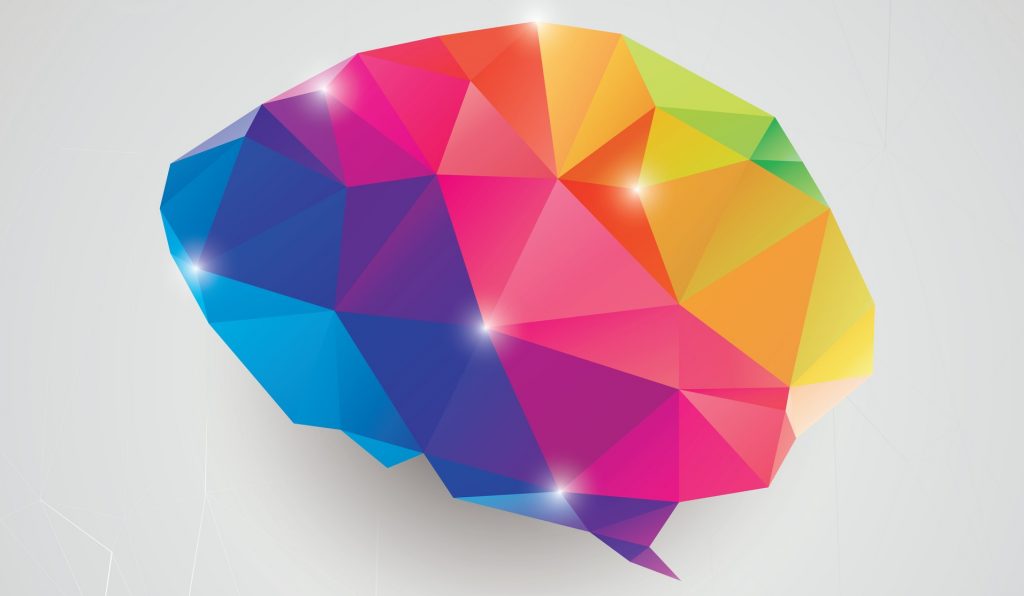What was the main question in your dissertation?
In my dissertation I aimed to understand how people process the structure of language. This is a fascinating question because language has a type of structure that you don’t see if you only look at what people produce. When we speak, we produce words one after the other, as if they are beads on a string. You might therefore get the impression that the meanings of sentences are determined by the linear order of the words. And in a way that is indeed the case – after all, “man bites dog” is not the same as “dog bites man” – but in an important respect that idea is too simple. Beneath the linear order of the words, sentences have a hierarchical structure. This means that words are grouped together into constituents (e.g., phrases), which are then combined with other words into larger constituents (e.g. sentences), and so on. When we process language, we have to use the linear order of the words to construct a hierarchical structure.
Can you explain the background a bit more?
Take a sentence like “the woman saw the man with binoculars”. This sentence has two meanings, even though none of the words is ambiguous. The ambiguity follows from the fact that the words “with binoculars” can be linked to either “the man” or “saw the man”. In the first case, the sentence means that the woman saw a man who was holding binoculars. The hierarchical structure for this sentence is [saw [the man with binoculars]] (the words enclosed in square brackets are constituents). And in the second case, the woman uses the binoculars to look at the man. The structure that goes with this is [[saw the man] with binoculars]. This example shows that sentences are more than strings of words. To understand language, we need to build a hierarchically organized structure. To understand how people do this, I conducted both behavioral experiments and brain recording experiments.

Why is it important to answer this question?
It is important to know how people process hierarchical structure because this gives us insight into how the human mind works. Language is not the only cognitive domain in which structure is hierarchical. Hierarchical structure can also be found in domains like arithmetic, music, and action planning (specifically tool use). It seems that humans are quite unique in their ability to use hierarchical structure, as other animals are much less advanced in these domains. So, the work in my thesis helps us reach a better understanding of one of the fundamental properties of the human mind.
Can you tell us about one particular project?
One of my favorite results from my dissertation is the result of a behavioral experiment in which I showed participants pictures with arrays of green and blue balls. I then asked them to point to the second blue ball. A phrase like second blue ball can be interpreted in two ways. If you interpret it linearly, both second and blue say something about ball; the whole then refers to something that is a blue ball and also a second ball, that is, the second ball, which is blue. In the hierarchical interpretation, instead, blue and ball are combined first. Because blue and ball now form a unit, second does not say something about ball but about blue ball. The whole refers to the second of the set of blue balls. In the pictures in this experiment, the linear and the hierarchical interpretation never referred to the same ball. To give an example, imagine an array of balls, as shown in the picture below, where the first ball is green (ball 1), the second blue (ball 2), and the third also blue (ball 3). If people have a linear bias, they should pick ball 2, because this ball is blue and in the second position. However, this is not the second of the set blue balls, because the first ball is green. So, if people have a bias for hierarchy, they choose ball 3. All participants in this experiment chose ball 3, which shows that people have a bias to interpret language hierarchically.
What was your most interesting finding?
The reason that I find this result interesting is that it shows, in a very simple way, that people have a bias to interpret language hierarchically. All participants completely ignored the linear interpretation of second blue ball, even though it was always available in the picture. In the same chapter I showed that a computational model could learn to give the same responses, but only if it was trained on highly restricted training data. That shows that it does not have a human-like hierarchical bias. This difference between humans and computational models is very relevant now given the recent successes of chatGPT.
What do you want to do next?
I am currently a postdoctorate researcher in Andrea Martin’s lab, in which I continue to work on the question of how we process the hierarchical structure of language. In future work, I would also like to learn more about how people infer general, abstract rules from specific experiences. This topic is relevant not only for language but for any cognitive domain in which learning takes place.

